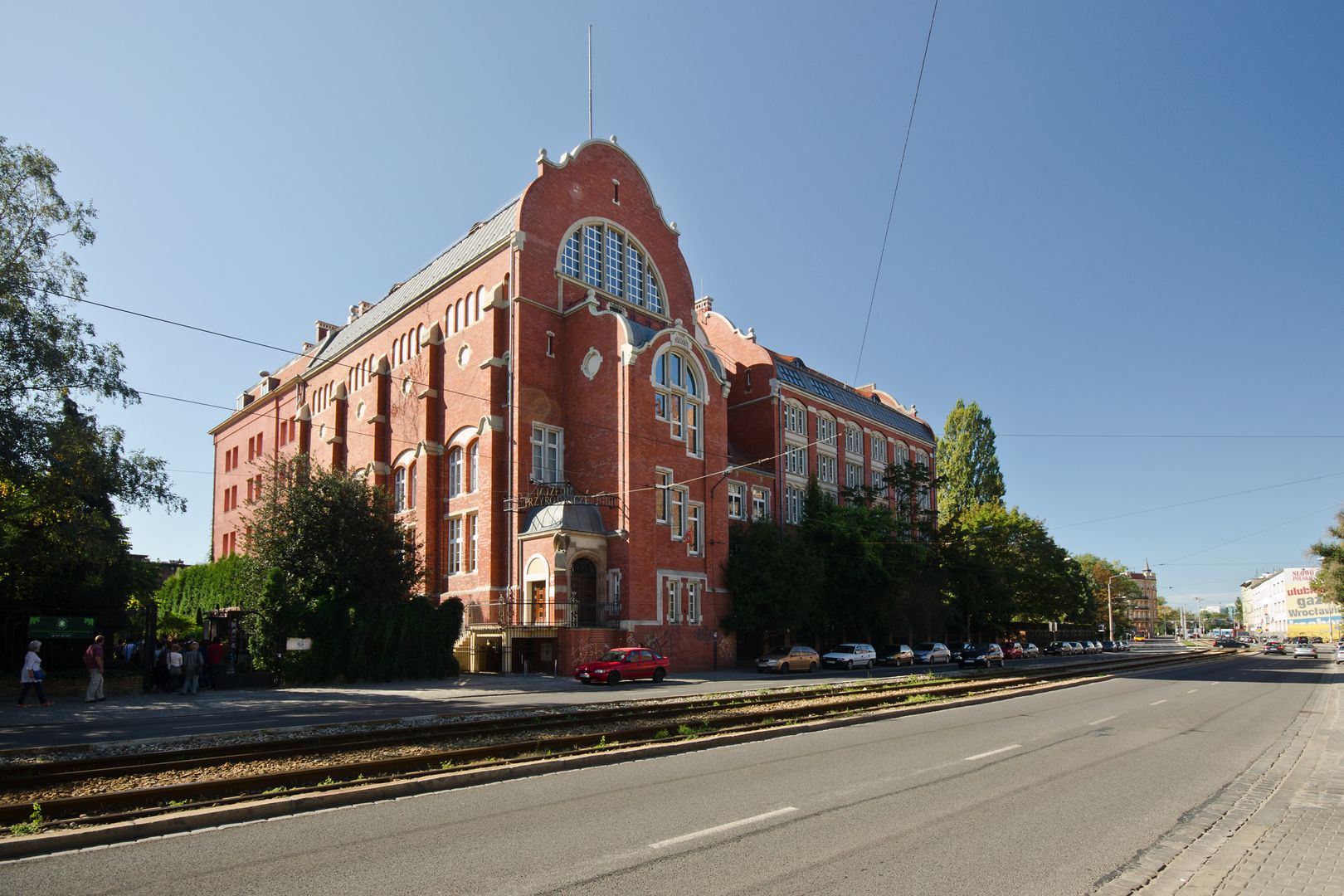Wrocław Museum of Natural History
7.17

Overview
The Wrocław Museum of Natural History, founded in 1814 by Professor Johann Ludwig Christian Gravenhorst, is a significant scientific and research institution located at 21 Henryk Sienkiewicz Street. As part of the Faculty of Biological Sciences at the University of Wrocław, the museum combines extensive zoological, botanical, and entomological collections. Its exhibitions are distinguished by four main displays: "The World of Animals," "The World of Plants," "The Skeletal System of Vertebrates," and "Insects and Humans."
A notable highlight is the nearly complete skeleton of a blue whale, measuring over 14.5 meters in length, as well as specimens of extinct species such as the thylacine and the Carolina parakeet. The botanical exhibition, unique in Poland, showcases nearly 500 plant species, including rare specimens like Welwitschia mirabilis. The vertebrate skeletal system display features 66 complete animal skeletons, including the skull of an auroch and the skeleton of an Irish elk.
The museum also serves as an important research hub, housing approximately 2.5 million animal specimens and 0.5 million plant specimens. During World War II, part of the collection was destroyed, but valuable exhibits were preserved and later restored under the guidance of Professors Sembrat and Rydzewski. In 2004, the herbarium was relocated to a separate building.
The museum holds the highest category in scientific classification and regularly organizes temporary exhibitions that attract numerous visitors. The current director is Tadeusz Stawarczyk.
Location
Tickets
Powered by GetYourGuide
2025 Wizytor | All Rights Reserved